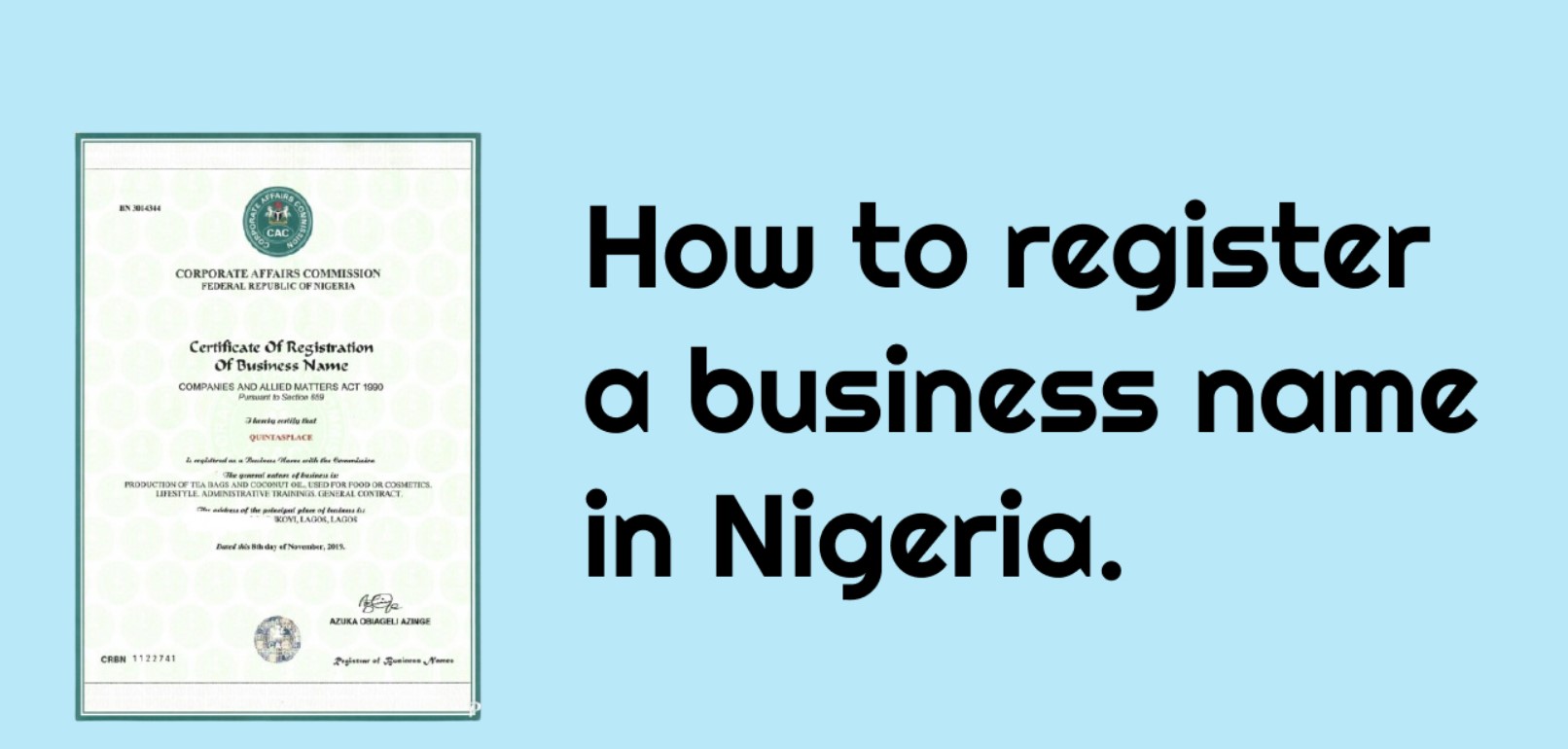
Additional living expenses coverage, most times shortened to ALE or called loss of use coverage, is a coverage that kicks in when you get displaced from your home after a covered damage.
It is a standard part of your homeowners insurance policy that helps to pay for associated additional costs if you must find temporary accommodation when your home is damaged.
Additional living expenses coverage typically pays for things like temporary housing, meals, and other expenses that arise from being displaced. However, keep in mind that it will only cover the additional costs, not your regular bills.
For example, if you’re staying in a hotel, ALE would pay for the hotel bill but not for your damaged home mortgage or utility bills.
What Does Additional Living Expenses Cover?
As referred to as loss of use coverage, ALE helps to cover the differences between your new expenses and your normal home expenses if you can’t live in your home during repairing. Coverage limits and details can vary by insurance company but typically include:
- Extra food costs
- Laundry expenses
- Pet boarding
- Temporary rental accommodations
- Hotel stays
- Extra fuel costs
- Rental car and other transportation costs
- Storage fees
- Moving costs
Your insurance company will likely check your previous spending to make sure that the expenses are reasonable, so they might not cover things like five-star restaurant meals. Meet with your insurance agent or review your homeowner’s policy to understand what’s covered under this coverage.
Keep in mind that condo and renters insurance also has additional living expenses coverage. Speak with your insurer to know more about the cost and other details you should know.
What Does Additional Living Expenses Coverage Not Cover?
You can file claims for this coverage only after damage covered by your homeowners insurance, like fire, smoke damage, or water damage from a burst pipe. Generally, it won’t cover the costs you are responsible for paying currently, such as insurance, mortgage, childcare, food, and utilities.
Keep in mind that ALE isn’t included in flood insurance from FEMA, which covers up to $250,000 for the home. But nothing for living expenses during repairs. However, private flood insurance may offer ALE coverage.
Also, most homeowners insurance policies don’t cover earthquake damage, so ALE isn’t included. You will have to purchase a separate earthquake insurance policy or rider, which can include ALE coverage.
Examples of Additional Living Expenses
Here’s an example of when ALE coverage would kick in: A fire causes extensive damage to your abode, and you need to live elsewhere for about two months while the damages are being repaired.
During this time, you stay at a hotel in your area, have one restaurant meal each day, and put your undamaged furniture into storage. And purchase new sets of clothes to replace those damaged in the fire.
Your homeowners insurance policy should reimburse these expenses up to the coverage limit of your ALE. As long as they align with your normal lifestyle. Always remember to save receipts for all expenses while you’re living elsewhere. Insurance companies will subtract your usual expenses when they want to determine how much you’re owed for ALE. For example, staying in a hotel might mean more restaurant meals but very few groceries.
Ensure that you continue making your mortgage, real estate taxes, and homeowners insurance payments. Not living in your home doesn’t mean you can stop paying these, and your insurer won’t pay for them on your behalf.
How Much Additional Living Expenses Coverage Should You Have?
Additional living expenses (ALE) coverage usually defaults to a percentage of your dwelling coverage. And that is typically between 20% and 30%. This means you don’t usually have to choose a certain amount.
However, you might be able to increase your coverage or select an “actual loss sustained” option. This means the insurer will cover every reasonable expense with no set limit.
We suggest that you get as much ALE coverage as you can afford. Since you can’t predict how long you might be displaced or what type of disaster could happen unexpectedly. Alternatively, you can estimate your needs by tracking potential costs for hotels, restaurant meals, rentals, and other expenses for about 30 to 60 days.






